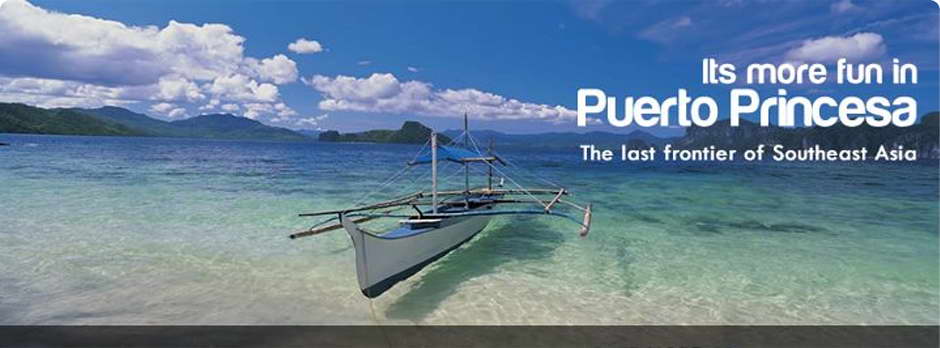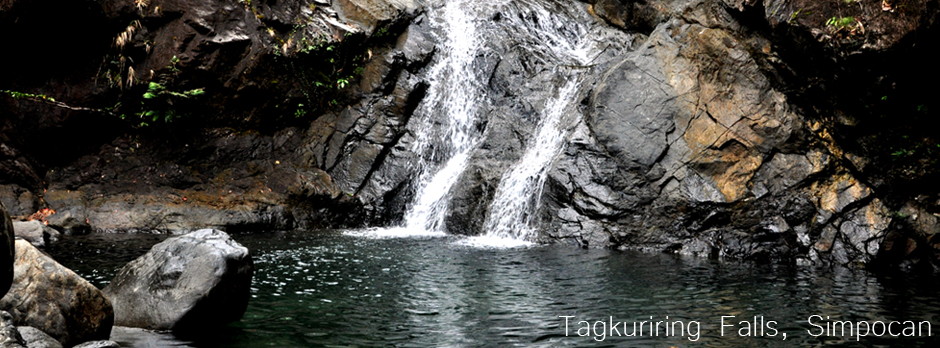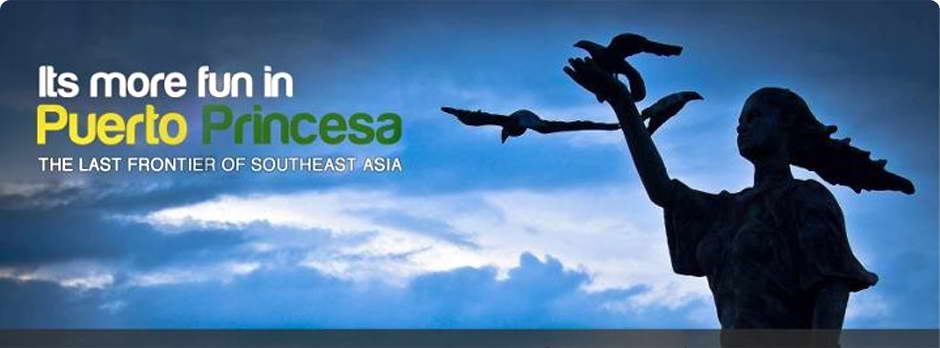CLICK HERE! For Electronic Services and Online Payment

This book, THE PUERTO PRINCESA STORY, was conceived with the thought to present an enlightened knowledge of how the City of Puerto Princesa became what it is today. How it developed from a plateau of virgin forest to a City Paradise and achieved an image of par excellence in the eyes of the nation and the world at large, when considered from the difficulties it underwent during the Japanese occupation; its reconstruction from the ravages of war; and the subsequent destruction of its once rich natural resources, particularly its fishing grounds which supply sixty percent of the fish consumed in Metro Manila.
More significant is how Puerto Princesa City overcame the impression that it is a place inhabited by the Muslims, prisoners, lepers and the prevalence of malignant malaria. The presence of the Iwahig Prison and Penal farm has been considered, at the start of the century, as deterrent to its development, but future events proved to the contrary.
Puerto Princesa City was thought to be remote, far away, that nobody cared to know about. In fact to a few knowledgeable, Puerto Princesa, in particular and Palawan, in general, was one foreign country “somewhere”.
Thanks to the intrepid immigrants who settled down, making Puerto Princesa their home. It is the migrants within Palawan and other places in the Philippines and foreign countries who blazed the hazardous trails to progress. Puerto Princesa, like many progressive areas has a mixed population but with one vision of making a better life for their children and children’s children. This is best exemplified by the leaders of Puerto Princesa City, particularly by City Mayor Edward Solon Hagedorn.
The book is organized into six chapters:
Chapter I, Puerto Princesa, is about the establishment of Puerto Princesa on March 4, 1872. The clearing of the virgin forest at the edge of the beautiful Puerto Princesa Bay as site of the poblacion; the construction of government center, the parish church, military outposts and roads into a town.
Chapter II, Capability Building, is about the introduction of the democratic way of life under the United States of America and the establishment of the Commonwealth Government – a transition to self-rule.
Chapter III, War and Reconstruction, focuses on the Japanese occupation; the organization of the Free Palawan Government; organization of the resistance movement and the liberation of Puerto Princesa; the Philippine Civilian Affairs Unit of the American Liberation Forces; and the reconstruction of Puerto Princesa City.
Chapter IV, Model of Sustainable Development, presents the development interventions introduced by the Hagedorn administration in the rehabilitation of the damaged forests and fishing grounds of Puerto Princesa City. The launching of the three Ks – Kalinisan, Katahimikan and Kaunlaran, was designed to make Puerto Princesa City a model of sustainable development.
Chapter V, A City Paradise, cites the prominent landmarks of sustainable development that made Puerto Princesa City, “magical window of ecology”, thereby making it a city paradise.
Chapter VI, Par Excellence Image, is all about the awards and recognitions received from 1993 to 2005. The chapter attempts to visualize the reasons for these awards and recognitions and those responsible for these achievements.
The book in some ways portrays, “how narrow is the gate that leads to (life) “sustainable development”, how rough and how few there are who find it.
WALFRIDO R. PONCE DE LEON
22 June 2004
San Jose, Negros Oriental, Philippines
Featured Articles |
USAID/SURGE Project |
































